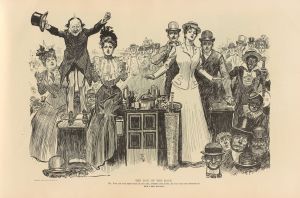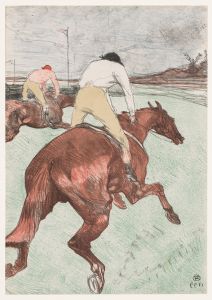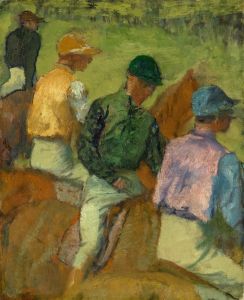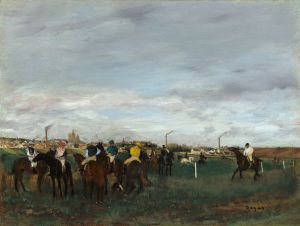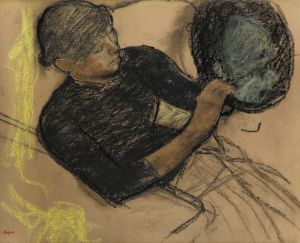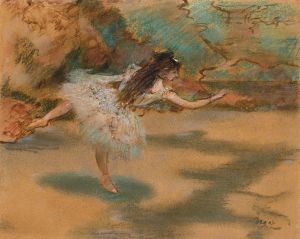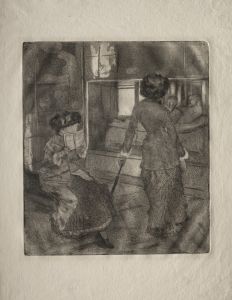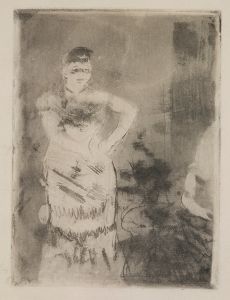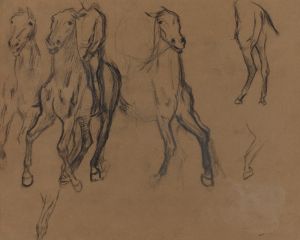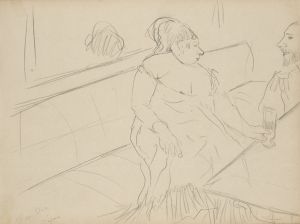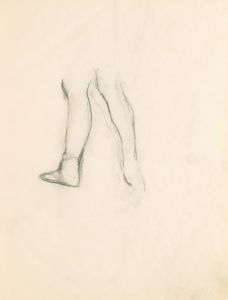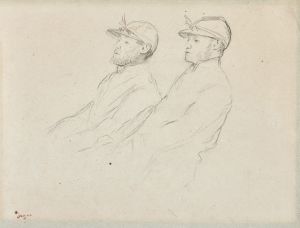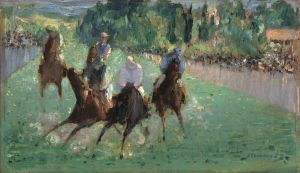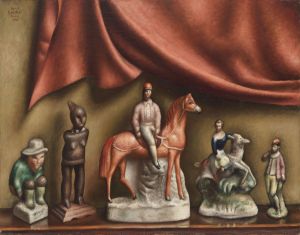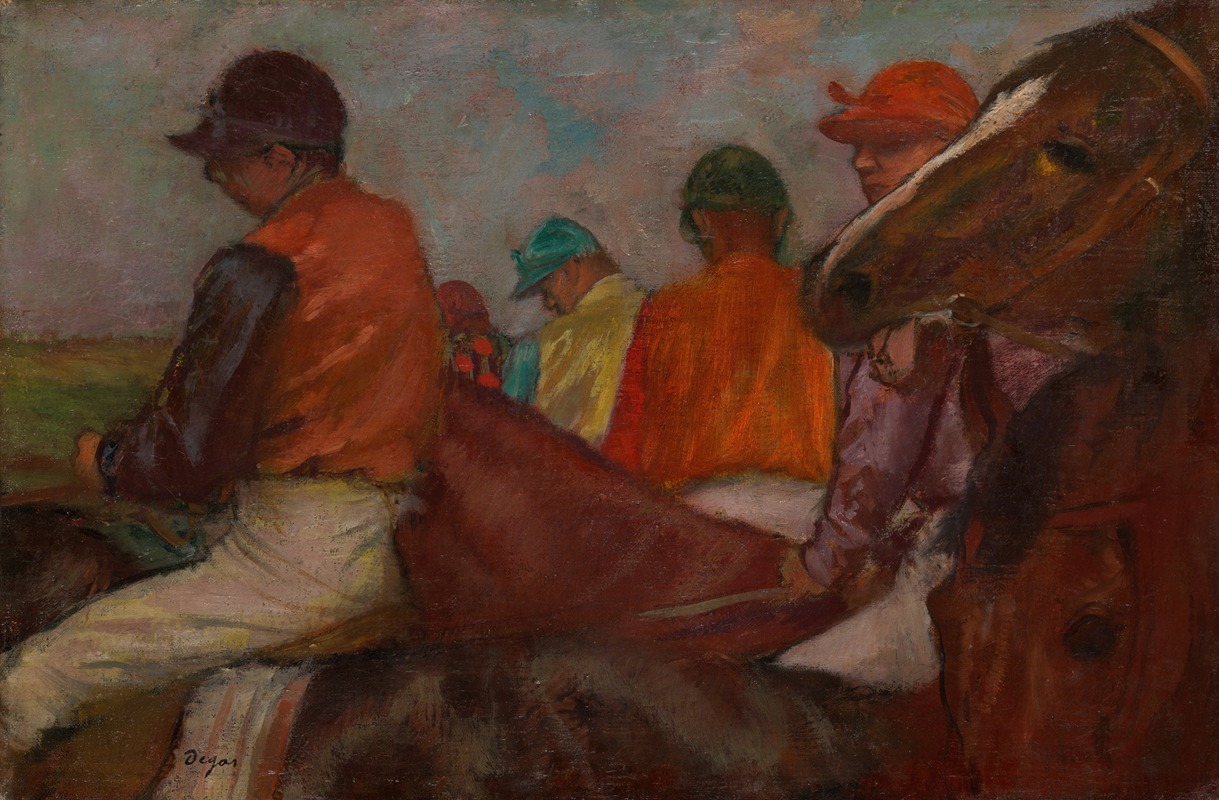
The Jockeys
A hand-painted replica of Edgar Degas’s masterpiece The Jockeys, meticulously crafted by professional artists to capture the true essence of the original. Each piece is created with museum-quality canvas and rare mineral pigments, carefully painted by experienced artists with delicate brushstrokes and rich, layered colors to perfectly recreate the texture of the original artwork. Unlike machine-printed reproductions, this hand-painted version brings the painting to life, infused with the artist’s emotions and skill in every stroke. Whether for personal collection or home decoration, it instantly elevates the artistic atmosphere of any space.
"The Jockeys" is a painting by the renowned French artist Edgar Degas, who is widely celebrated for his contributions to the Impressionist movement. Degas, born on July 19, 1834, in Paris, France, is best known for his works that capture the dynamism and movement of modern life, particularly through his depictions of ballet dancers, horse races, and everyday scenes.
"The Jockeys" is one of Degas's many works that focus on the theme of horse racing, a subject that fascinated him throughout his career. This painting, created around 1882-1883, exemplifies Degas's keen interest in capturing the energy and motion of the racecourse. The painting is executed in oil on canvas, a medium that Degas frequently employed to achieve rich textures and vibrant colors.
In "The Jockeys," Degas presents a scene filled with anticipation and movement. The composition features several jockeys on horseback, poised and ready for the race to begin. Degas's use of diagonal lines and the positioning of the horses create a sense of immediacy and tension, drawing the viewer into the moment just before the race starts. The background is rendered with a loose, almost impressionistic touch, which contrasts with the more detailed depiction of the horses and jockeys in the foreground.
One of the notable aspects of this painting is Degas's innovative use of perspective and cropping. Influenced by the advent of photography and Japanese prints, Degas often experimented with unconventional viewpoints and compositions. In "The Jockeys," he employs a slightly elevated perspective, giving the viewer a sense of looking down at the scene. This approach, combined with the cropped edges of the canvas, creates a snapshot-like effect, as if capturing a fleeting moment in time.
Degas's palette in "The Jockeys" is characterized by earthy tones and muted colors, which add to the realism of the scene. The artist's meticulous attention to detail is evident in the rendering of the horses' musculature and the jockeys' attire. Despite the overall sense of movement, there is a calmness in the way Degas handles the paint, with smooth, deliberate brushstrokes that convey both the physicality of the subjects and the atmosphere of the racecourse.
Throughout his career, Degas returned to the theme of horse racing numerous times, producing a series of paintings, drawings, and sculptures that explore different aspects of this dynamic sport. "The Jockeys" stands out as a significant work within this series, showcasing Degas's ability to blend observation with artistic innovation.
Today, "The Jockeys" is held in the collection of the Musée d'Orsay in Paris, where it continues to be admired by art enthusiasts and scholars alike. The painting is a testament to Degas's enduring legacy as a master of capturing the essence of movement and the vibrancy of modern life.





